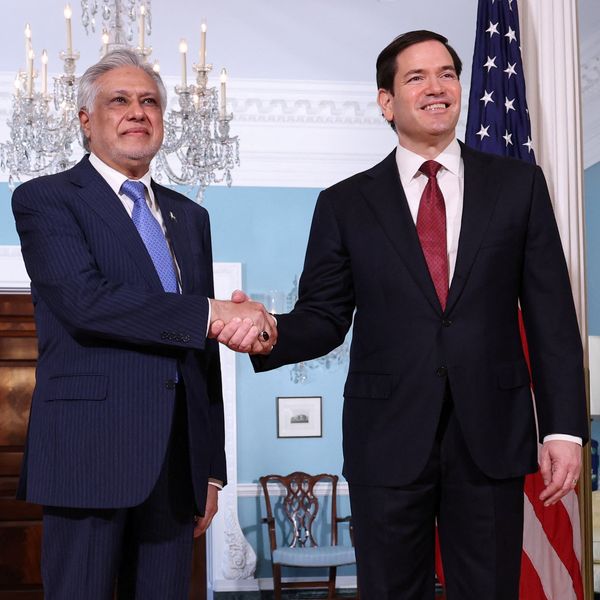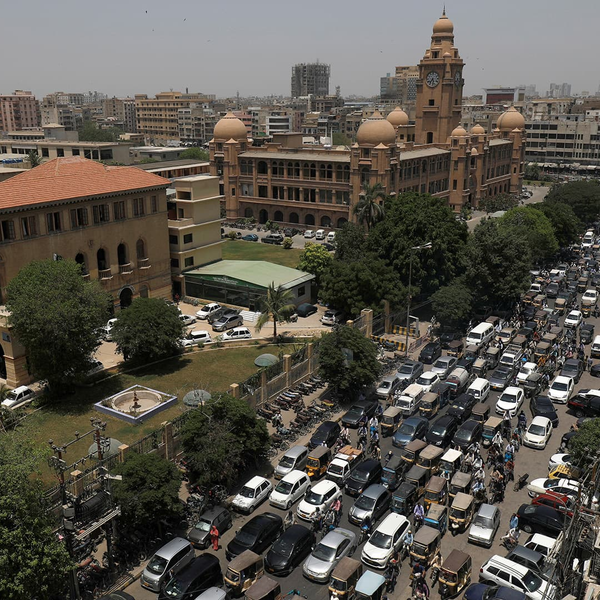Pakistan’s budget deficit narrows to 9-year low of 5.4%
The deficit is better than the government and IMF's forecasts of 5.6% of GDP

Haris Zamir
Business Editor
Experience of almost 33 years where started the journey of financial journalism from Business Recorder in 1992. From 2006 onwards attached with Television Media worked at Sun Tv, Dawn Tv, Geo Tv and Dunya Tv. During the period also worked as a stringer for Bloomberg for seven years and Dow Jones for five years. Also wrote articles for several highly acclaimed periodicals like the Newsline, Pakistan Gulf Economist and Money Matters (The News publications)

Pakistan recorded a nine-year low fiscal deficit of 5.38% in FY25, thanks to 36% year-on-year growth in both tax and non-tax revenues combined vs. 18% growth in total expenditures.
The deficit of 5.38% is better than the government’s revised forecast of 5.6% of GDP (earlier budgeted 5.9%) for FY25. Similarly, the International Monetary Fund had also projected deficit at 5.6% of GDP.
It is also down from PKR 7.2 trillion or 6.8% of GDP in the previous fiscal year, official data showed Monday.
The Ministry of Finance’s fiscal operations report revealed a primary surplus of PKR 2.7 trillion in FY25, equal to 2.4% of GDP, marking an improvement from prior years and reflecting the government’s efforts to curb non-interest expenditures.
Total revenues reached PKR 17.997 trillion in FY25, including PKR 12.722 trillion in tax revenues and PKR 5.27 trillion in non-tax revenues. Of the total tax revenues, the Federal Board of Revenue (FBR) contributed PKR 11.744 trillion, while provinces collected PKR 0.97 trillion.
After transferring PKR 6.85 trillion to the provinces under the National Finance Commission award, the net federal revenue stood at PKR 9.94 trillion.
Despite the revenue gains, debt servicing dominated federal expenditure. Total booked expenditures stood at PKR 24.16 trillion, of which PKR 21.52 trillion went to current expenditures. Alone, debt servicing consumed PKR 8.887 trillion—comprising PKR 7.8 trillion in domestic debt payments and PKR 0.89 trillion in external obligations—leaving only PKR 1.1 trillion in the federal government’s hands.
Defense spending for FY25 totaled PKR 2.193 trillion—nearly double the amount left after debt repayments—forcing the government to borrow nearly half of the defense expenditure.
“The numbers underscore a troubling reality: nearly every rupee spent beyond debt payments is borrowed,” said an economist. “This level of debt-dependency is not sustainable and limits fiscal room for development and public welfare.”
The data further revealed that all major non-debt, non-defense spending, including pensions, subsidies, civil administration, and grants to provinces, were financed through additional borrowing totaling PKR 4 trillion.
Public Sector Development Program (PSDP) expenditures, essential for infrastructure and economic growth, stood at PKR 1.048 trillion—all financed through debt.
The federal budget deficit alone stood at PKR 7.08 trillion, factoring in a statistical discrepancy of PKR 0.19 trillion.
“This budget tells a clear story,” an economist added. “Without aggressive tax reform and a restructuring of spending priorities, Pakistan’s economy will remain trapped in a cycle of borrowing to survive.”
The government has vowed to broaden the tax base and cut unnecessary expenditures, but analysts caution that without structural reforms, fiscal pressures will persist amid rising debt servicing costs and stagnant development spending.










Comments
See what people are discussing